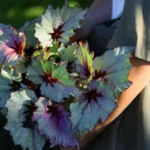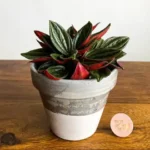Introduction to Plant Propagation
Plant propagation is the practice of creating new plants from existing ones, a fundamental gardening skill that enables gardeners and plant enthusiasts to multiply their greenery efficiently. Understanding propagation helps both beginners and seasoned gardeners ensure their favorite plants continue to flourish from generation to generation. It involves various methods, each suited to specific plants and conditions, and encompasses both sexual and asexual techniques.
This comprehensive beginner’s guide will introduce you to essential plant propagation methods, provide step-by-step instructions, outline necessary tools, discuss optimal conditions, and help you choose the best technique for your plants.
What Are the Different Types of Plant Propagation?
Propagation techniques fall into two primary categories: sexual propagation and asexual propagation. Here’s a detailed breakdown of each:
Sexual Propagation
Sexual propagation happens naturally through seed production. It’s the method by which plants typically reproduce in nature. It involves pollination, fertilization, seed formation, dispersal, and germination into new plants. It generally yields genetic variation, which can lead to new types and varieties of plants.
Asexual Propagation
Asexual propagation, also known as vegetative propagation, involves creating new plants from the existing vegetative parts (like stems, leaves, and roots). It results in genetically identical offspring (clones) and thus preserves desirable traits and ensures consistency in the plants.
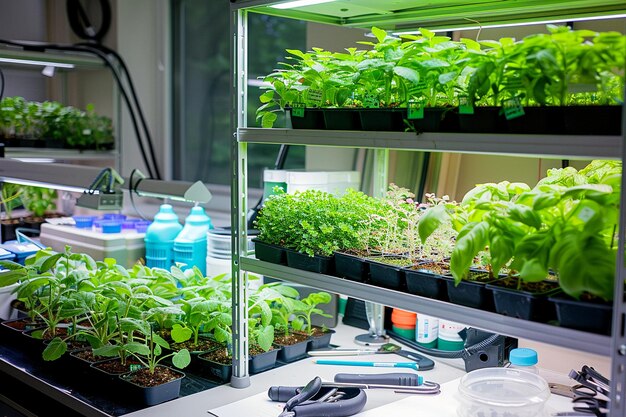
Common Methods of Asexual Propagation
Beginners usually find more consistent success using asexual propagation methods due to their straightforward procedures and rapid results. Let’s explore the most common asexual propagation techniques step-by-step.
1. Stem Tip Cuttings
This method involves taking healthy tip sections from plants and rooting them in a growth medium.
Tools Needed:
- Sterilized pruning shears
- Rooting hormone
- Small container or pot
- Growing medium (peat moss, perlite, coco coir, or vermiculite)
- Water spray bottle
Step-by-Step Guide:
- Select a healthy, non-flowering stem around 4–6 inches (10–15 cm) long, just below a leaf node.
- Remove leaves from the lower half to minimize water loss and prevent rotting.
- Dip cut end in rooting hormone powder or gel, improving the likelihood of successful root formation.
- Insert the cutting into a moist growing medium, burying approximately one-third of the length.
- Cover with a plastic bag or transparent lid to retain humidity and place in indirect, bright light (preferably 10,000–15,000 lux).
- Keep the growing medium moist but not waterlogged. Roots generally appear within 2–4 weeks, depending on plant species.
Care Conditions for Rooting Stem Tip Cuttings
- Temperature: Maintain a stable temperature range between 65–75°F (18–24°C) for the best rooting results.
- Humidity: High humidity levels around 70–90% significantly improve rooting success.
- Light: Provide indirect, moderate bright light around 10,000–15,000 lux to avoid leaf burning and drying out.
- Water: Mist slightly each day with clean water to keep humidity constant and soil moist without saturating excessively.
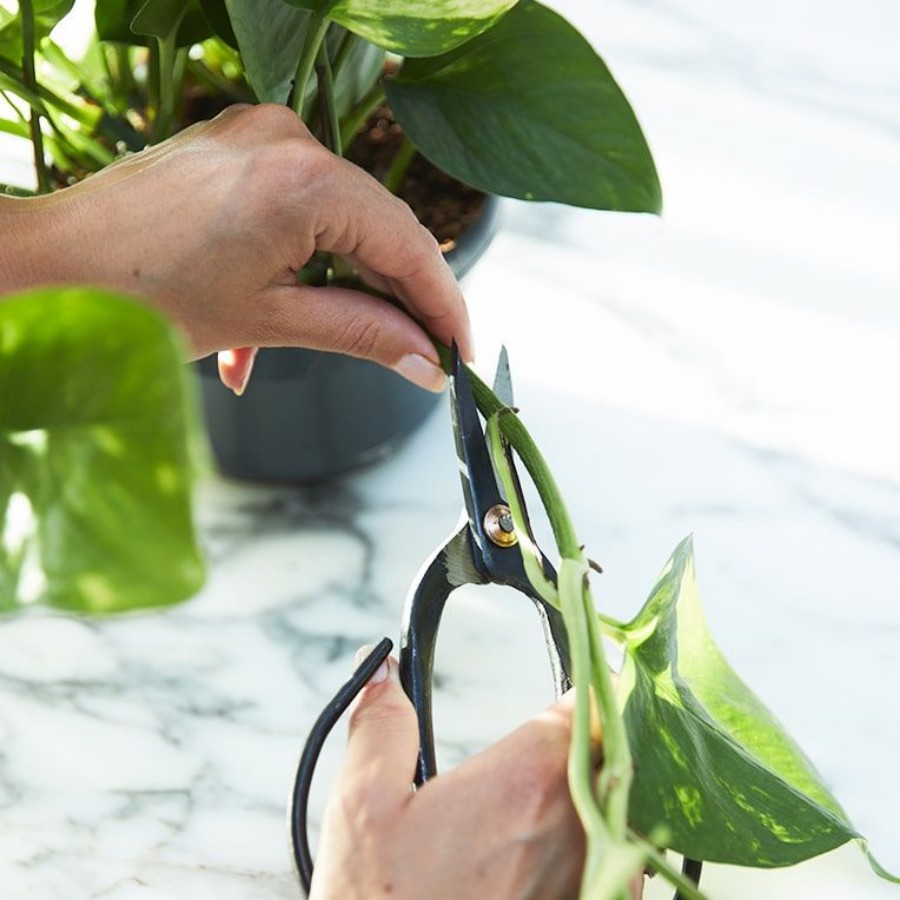
2. Leaf Cuttings
Many popular houseplants, especially succulents, propagate effectively through leaf cuttings.
Tools Needed:
- Clean sharp scissors or knife
- Rooting hormone (optional but recommended)
- Shallow propagation tray or container
- Well-draining soil or succulent mix
Step-by-Step Guide:
- Select a healthy, mature leaf and detach cleanly from the parent plant at its base.
- Allow succulent leaves to dry and callus over for 3–5 days to avoid rot.
- Insert the callused leaf stem slightly into the moist, well-draining propagation substrate.
- Provide indirect, bright light approximately 10,000–12,000 lux.
- Keep the soil slightly moist and avoid overwatering. Roots typically appear within 3–5 weeks.
Care Conditions for Leaf Cuttings
- Temperature: Aim for stable temperatures of about 65–75°F (18–24°C).
- Humidity: Medium humidity (50–70%) works well for succulents; higher humidity is often necessary for tropical leaf cuttings.
- Water: Maintain lightly damp conditions, watering only when the top layer of soil is drying out.
3. Layering
Layering is a method where plant stems generate roots while still attached to the parent plant.
Tools Needed:
- Sharp knife
- Pins or wire to secure branches to soil or medium
- Moist, nutrient-rich growing soil or sphagnum moss
Step-by-Step Guide:
- Choose a flexible branch close to the ground but still attached to the parent plant.
- Make a small, shallow incision at a leaf node around halfway through the stem of the branch.
- Place that wounded section into moist soil or sphagnum moss, securing it firmly with pins or wire.
- Maintain moisture and check for rooting after 6–10 weeks. Once rooted, sever the new rooted section from the parent plant.
Care Conditions for Layering
- Temperature: Ideally 60–75°F (15–24°C).
- Humidity: Maintain at around 70–90% to induce rooting.
- Light: Moderate indirect light, ranging from 8,000–12,000 lux.
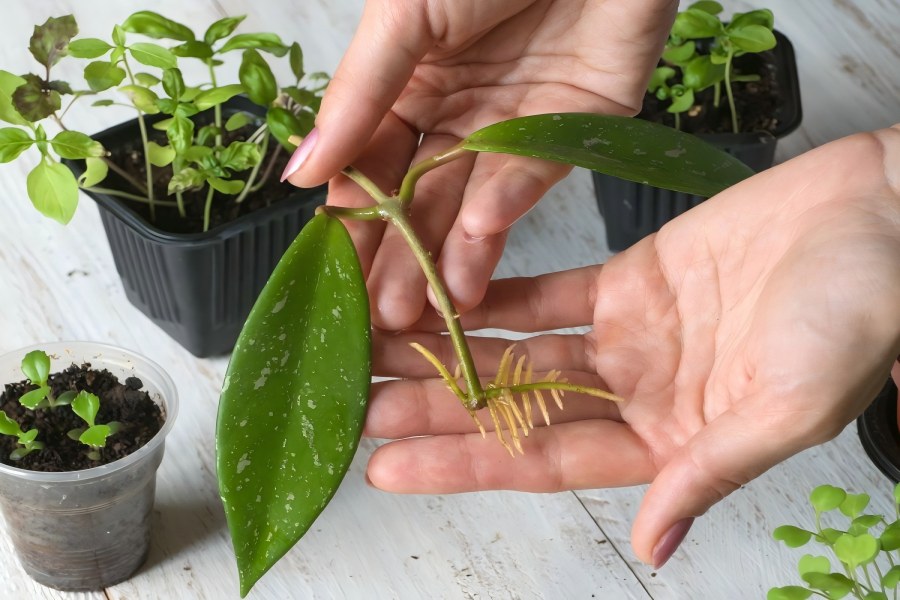
Timing and Seasonal Considerations
- Spring and early summer represent ideal periods for most outdoor plants, allowing new growth to establish roots efficiently.
- Tropical houseplants and succulents can often propagate successfully throughout the year indoors, provided conditions stay consistent.
- Favorable environmental conditions greatly increase rooting success, particularly humidity and stable temperature conditions.
Comparing Methods of Propagation: Pros and Cons
- Stem Tip Cuttings: Quick and easy. Common for herbs, tropical houseplants, and shrubs. High success rates if conditions are maintained properly.
- Leaf Cuttings: Excellent method for propagating succulents. However, takes longer time (typically 3–5 weeks for initial root emergence).
- Layering: Requires minimal care while roots establish, high success rates, excellent for woody shrubs and climbers, although it may take longer (6–10 weeks).
Conclusion
Beginner gardeners and hobbyists can greatly benefit from mastering basic propagation techniques. Understanding all those methods and conditions equips plant lovers with the knowledge and skills to expand their collection, save money, and ensure plant health over long periods. Whether starting with simple succulents or propagating favorite herbs, practicing propagation methods is rewarding, practical, and educational for everyone—from beginners to more seasoned garden enthusiasts.
References
- Hartmann, H. T., Kester, D. E., Davies, F. T., & Geneve, R. L. (2010). Plant propagation: Principles and practices. Prentice-Hall.
- Beyl, C. A., & Trigiano, R. N. (2008). Plant Propagation Concepts and Laboratory Exercises. CRC Press.
- Dirr, M. A., & Heuser, C. W. (2006). The Reference Manual of Woody Plant Propagation: From Seed to Tissue Culture. Timber Press.




